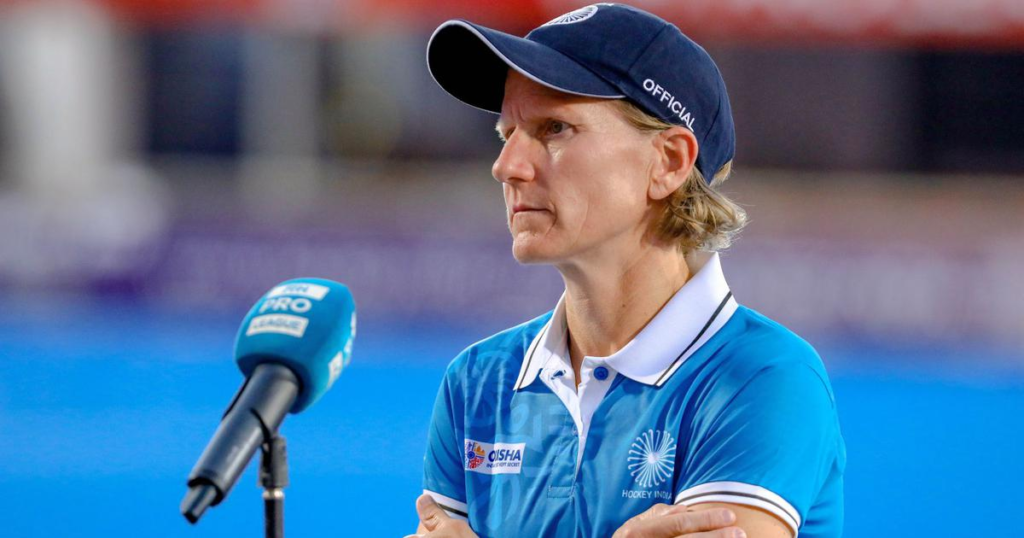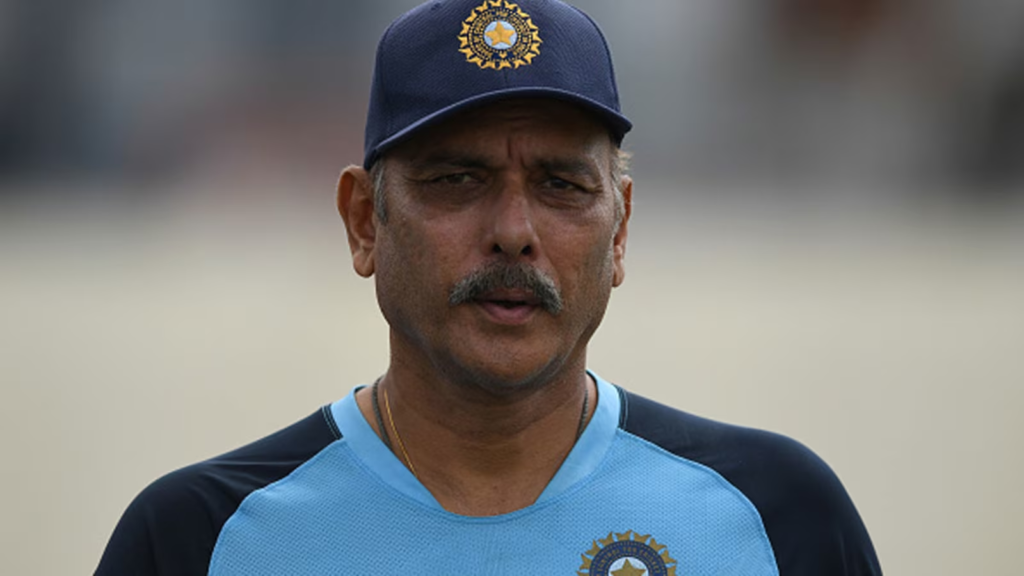
The quest for sporting glory in India often ignites a heated debate – homegrown coaches versus foreign coaches. Should we place our faith in familiar faces who understand the Indian psyche, or entrust the reins to experienced outsiders with global exposure? Both approaches offer distinct advantages and disadvantages, and the answer may lie not in a binary choice, but in a strategic blend.
In Favor of the Foreign Coach: A Fresh Perspective and Global Expertise
Foreign coaches bring a wealth of experience from international circuits. They possess a tactical acumen honed by exposure to diverse playing styles and strategies. This injects fresh ideas into the national team, potentially breaking free from ingrained habits and pushing players to adapt to new approaches.
Statistics seem to support this notion. In a 2020 study by the University of Technology Sydney, researchers found that teams with foreign coaches experienced a significant win rate increase compared to those with domestic coaches.
For instance, India’s historic win at the 2011 Cricket World Cup came under the guidance of foreign coach Gary Kirsten. His experience with the South African team and his focus on mental conditioning are widely credited for India’s triumph. Similarly, the resurgence of Indian hockey under coaches like Sjoerd Marijne (Netherlands) and Harendra Singh (India, coached abroad) exemplifies the potential benefits of a blend.
However, foreign coaches aren’t without limitations.
Challenges with Foreign Coaches: Cultural Disconnect and Short Stints
A major hurdle is the cultural disconnect. Foreign coaches may struggle to understand the nuances of Indian athletes’ backgrounds, training methods, and communication styles. This can lead to misunderstandings and hinder building a strong rapport with the team.
Furthermore, foreign coaches often have shorter tenures, typically lasting a few years. This disrupts continuity in training philosophies and player development. Building a long-term vision and nurturing young talent can suffer as a consequence.
The Case for Homegrown Coaches: Understanding the Indian Ethos and Long-Term Vision

Indian coaches, on the other hand, possess an inherent understanding of the cultural context and the unique challenges faced by domestic athletes. They can effectively communicate, build trust, and tap into the players’ mental resilience. Additionally, their familiarity with local talent pools allows them to identify and groom promising youngsters for future success.
Statistics do point towards a strong showing by Indian coaches in specific sports. In badminton, the iconic Pullela Gopichand, who honed the skills of Olympic medalists like Saina Nehwal and PV Sindhu, stands as a testament to the effectiveness of homegrown expertise.
However, a lack of exposure to international best practices and a risk of falling into established but potentially outdated training methods can sometimes hinder progress.
Empowering Indian Coaches: Bridging the Knowledge Gap
So, how can we empower Indian coaches to compete on the global stage? Here are some crucial steps:
- Investment in Coaching Education: Provide Indian coaches with access to international coaching programs, workshops, and mentorship opportunities with renowned foreign coaches. This will bridge the knowledge gap and expose them to cutting-edge training methodologies.
- Creating a Strong Support System: Establish a robust support system for Indian coaches. This could include sports science experts, fitness trainers, and experienced former players who can provide valuable insights and strategic guidance.
- Long-Term Contracts and Performance-Based Evaluation: Offer Indian coaches longer contracts with clear performance-based evaluation metrics. This fosters stability, allows them to implement their vision for the team, and reduces the pressure of immediate results.
- Learning from Abroad: Encourage Indian coaches to shadow successful foreign coaches during international tournaments. This provides valuable firsthand experience and allows them to observe successful leadership styles and tactical implementations.
The Ideal Scenario: A Collaborative Approach
The ideal scenario might not be an either/or situation. A collaborative approach, where Indian coaches leverage their cultural understanding and long-term vision, while incorporating the global expertise and fresh perspectives of foreign coaches, could be the key to unlocking India’s full sporting potential.
Imagine a scenario where an experienced Indian coach, well-versed in the domestic talent pool, leads the team, supported by a foreign coach who provides tactical insights and cutting-edge training methodologies. This collaborative approach can foster a winning combination.
Conclusion
The debate on homegrown versus foreign coaches is unlikely to settle definitively. However, by acknowledging the strengths and weaknesses of both approaches, and by investing in the education and development of Indian coaches, we can create a future where Indian sports teams are consistently led by a strong coaching force, capable of harnessing the immense potential of our athletes and propelling India to the pinnacle of sporting glory.

[…] Coach Likely to be Axed: The BFI is expected to show Dmitry Dmitruk, the foreign coach appointed in February 2022, the exit door. The federation is looking towards Indian coaches to take […]
[…] coach Dennis Van De Pol. This article delves deeper into Van De Pol’s role, the importance of specialized coaching, and Hockey India’s commitment to the team’s […]